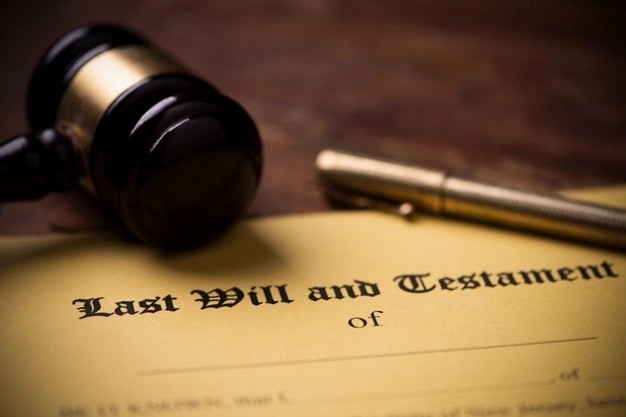Not many people are aware of what happens with their possessions, assets, and other responsibilities in case of their death. These decisions are generally taken with the help of a legal document signed before the person dies. This document is the last will and testament of an individual.
What exactly is the last will and testament?
The last will of an individual is a legal document that communicates the person’s final wishes pertaining to the distribution of their assets. This document also specifies the beneficiaries and the precise allocation. A person’s last will and testaments tell many things about the deceased person.
Instructions pertaining to handling the possessions and assets of the deceased can be derived from the last will document. A testament also specifies how to manage the deceased’s financial interests, custody of their dependents(if any), or even the management of their various accounts.
The last Will conveys information regarding the possessions and assets under the deceased person’s care and whether they will be distributed to another person, a group, or a charity.
How do the last will and testament work?
While a person is alive, they can write a Will. This legally binding document comes into play when the person dies. The instructions present in the Will take effect exclusively after the death of the deceased. In the Will, a still-living person is appointed as the executor of the estate. Along with this, the person is also responsible for the administration of the estate. The executor has to carry out the wishes as mentioned in the Will. This execution of the wishes mentioned in the Will is supervised by a probate court.
This document of the Will and last testament is used to form the foundation while it is also the key instrument for the estate. This key instrument is then used to settle the estate and its distribution in the exact manner in which the deceased person wanted. A will and testament have much more than just a will. It is the presiding document used by the probate court to guide the procedure of settling an estate.
There are some assets that a Will may not address. An example could be an insurance policy or a qualified retirement plan. These assets are directly transferred to the beneficiaries.
What things are required for the last will?
A will specifies the distribution of property, bank balance, prized possessions, etc. If a deceased person had a business or investment, then with the help of the Will, it can be decided to whom it must go and when. A person can also direct these belongings to a charity (or charities) of their choice; all they have to do is mention in their Will while they are still alive.
Moreover, if a person wants to leave their assets to an institution or organization, they can mention the same in their Will while still alive. A Will assures that all the wishes of the deceased are carried out with the help of an executor of the estate. Thus, a Will requires the beneficiary to identify those assets and property that are left by the deceased person.
A Will always specifies a person the deceased person has trusted with the responsibility of carrying out all the deceased person’s wishes. This person is referred to as the executor of the estate. If the death is untimely, the parents of minor children can also designate a legal guardian to take care of them.
A Will is only considered valid by the probate court when the individual signs the Will with a mentally capable and sound mind. However, many jurisdictions only consider a Will valid if it has signatures of at least two witnesses, both unrelated to each other and aged 18 or over.
It is not necessary to register a Will in most cases. Individuals can draft their Wills independently. Alternatively, many take the assistance of legal professionals to aid in writing a Will.
Difference between Wills and Trusts
When it comes to the estate-planning tool, Will and trust are essential elements. However, they both are different from each other. Trusts are nothing but legal entities created by settlers. These settlers are also known as trustors or grantors. These settlers decide how to transfer parts of the assets to trustees. These trustees hold on to these assets of the beneficiaries until they settle the distribution according to the wishes of the deceased.
A will only be considered to be active only after one’s death. However, a trust becomes active on the day it is created. A settler may list the distribution of the assets before the person’s death. The creation of the maintenance trust is expensive compared to a will.
Conclusion:
This article was all about the Last Will and Testaments and how they work. These legally binding documents are beneficial and have been solving disputes within the deceased person’s family and dependents ever since their inception. Share this article with someone who can benefit from this information.




